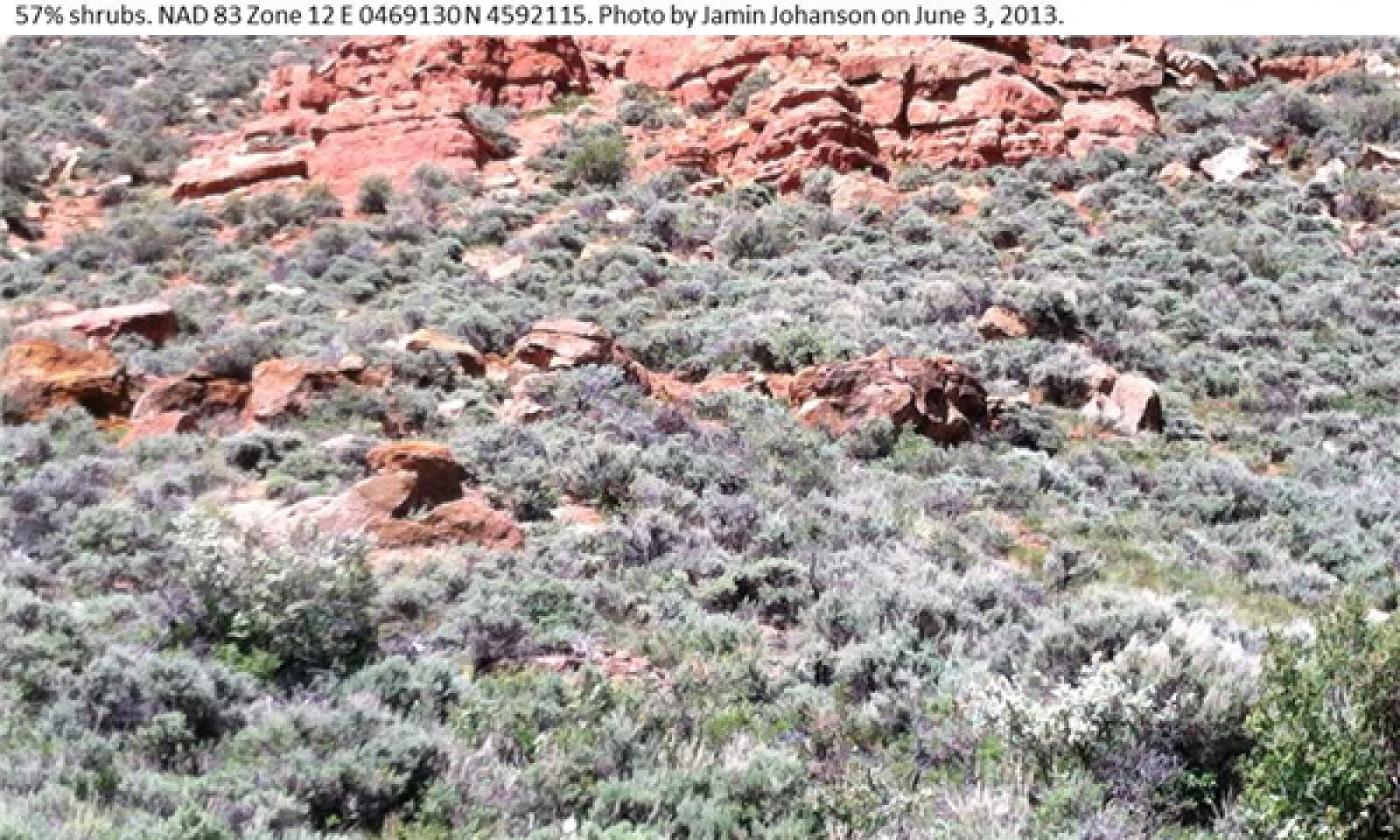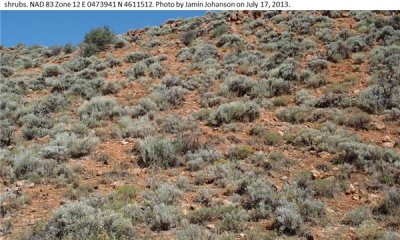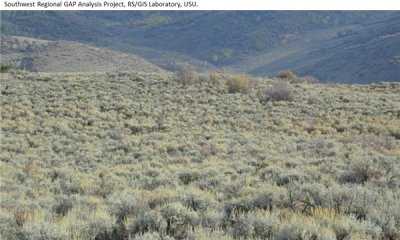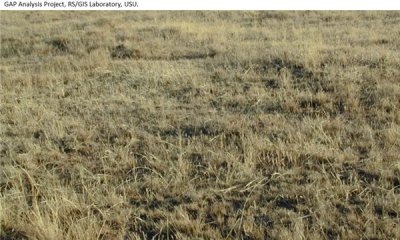
Upland Shallow Loam (Wyoming big sagebrush)
Scenario model
Current ecosystem state
Select a state
Management practices/drivers
Select a transition or restoration pathway
-
Transition T1a
non-native plants and domestic livestock are introduced to the site
More details -
Transition T2a
Extended drought in combination with excessive grazing
More details -
Transition T2b
non-native perennial grass seed is established on the site following tillage, wildfire, or other removal of the existing vegetation
More details -
Transition T3a
non-native perennial grass seed is established on the site following tillage, wildfire, or other removal of the existing vegetation
More details -
Transition T4a
Extended drought in combination with excessive grazing
More details -
No transition or restoration pathway between the selected states has been described
Target ecosystem state
Select a state
Description
The plant community dynamics of this site are presumed to have been driven by fire historically. The Reference Plant Community consists of very diverse shrubs, forbs and grasses. Wyoming big sagebrush would have co-dominated with bluebunch wheatgrass and other perennial bunchgrasses in the Reference State, with grasses increasing in dominance immediately following fire (or possibly other shrub-removing disturbance i.e. aroga moth, snow mold, etc.) and big sagebrush increasing in dominance over time without fire. When sprouting shrubs are abundant in the community, they tend to co-dominate with grasses on this site following fire.
Submodel
Submodel
Submodel
Description
The Seeded Range State occurs following a successful rangeland seeding, in which sufficient soil moisture was available for seed germination and growth at critical times in the spring. This site is suitable for rangeland seedings, but even when properly applied, these seedings run the risk of failure due to incertain soil moisture conditions. Transitions out of this state are likely possible, but have not yet been documented.
Submodel
Mechanism
This transition occurs as non-native plants and domestic livestock are introduced to the site. This state is similar to the Reference State in plant community structure and ecological process, but the presence of domestic livestock and exotic plants decreases the resilience of the site.
Mechanism
This transition occurs when perennial grasses are reduced on the site to the point that they can no longer perpetuate themselves. Wyoming big sagebrush increases on the site, as perennial grasses lose vigor and reproductive capability due to excessive livestock grazing. Extended drought in combination with excessive grazing may accelerate this transition.
Mechanism
This transition occurs when non-native perennial grass seed is established on the site following tillage, wildfire, or other removal of the existing vegetation. Crested wheatgrass is a common seeded species on this site.
Mechanism
This transition occurs when non-native perennial grass seed is established on the site following tillage, wildfire, or other removal of the existing vegetation. Crested wheatgrass is a common seeded species on this site.
Mechanism
This transition occurs when perennial grasses are reduced on the site to the point that they can no longer perpetuate themselves. Wyoming big sagebrush increases on the site, as perennial grasses lose vigor and reproductive capability due to excessive livestock grazing. Extended drought in combination with excessive grazing may accelerate this transition.
Model keys
Briefcase
Add ecological sites and Major Land Resource Areas to your briefcase by clicking on the briefcase (![]() ) icon wherever it occurs. Drag and drop items to reorder. Cookies are used to store briefcase items between browsing sessions. Because of this, the number of items that can be added to your briefcase is limited, and briefcase items added on one device and browser cannot be accessed from another device or browser. Users who do not wish to place cookies on their devices should not use the briefcase tool. Briefcase cookies serve no other purpose than described here and are deleted whenever browsing history is cleared.
) icon wherever it occurs. Drag and drop items to reorder. Cookies are used to store briefcase items between browsing sessions. Because of this, the number of items that can be added to your briefcase is limited, and briefcase items added on one device and browser cannot be accessed from another device or browser. Users who do not wish to place cookies on their devices should not use the briefcase tool. Briefcase cookies serve no other purpose than described here and are deleted whenever browsing history is cleared.
Ecological sites
Major Land Resource Areas
The Ecosystem Dynamics Interpretive Tool is an information system framework developed by the USDA-ARS Jornada Experimental Range, USDA Natural Resources Conservation Service, and New Mexico State University.









